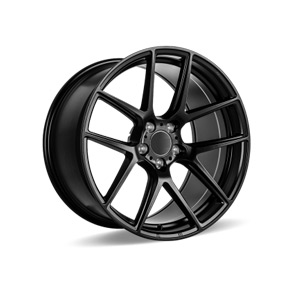throttle cable control
Understanding Throttle Cable Control A Key Component in Automotive Engineering
Throttle cable control is a crucial aspect of automotive engineering that greatly influences vehicle performance and driver experience. This system involves the use of a cable that connects the accelerator pedal to the throttle body, regulating the air intake and, consequently, the engine’s power output. Understanding how throttle cable control works can provide insights into both vehicle functionality and maintenance.
At its core, the throttle cable transfers the physical motion from the accelerator pedal to the throttle valve. When a driver presses down on the pedal, the cable tightens, pulling the throttle valve open to allow more air into the engine. This increase in airflow translates into more power, enabling the vehicle to accelerate smoothly. Conversely, when the driver releases the pedal, the throttle cable slackens, allowing the valve to close and reducing power as necessary.
The design of the throttle cable is critical to its effectiveness. Most vehicles utilize a flexible steel cable housed in a protective sheath, which allows for smooth movement while minimizing wear and tear. The cable must also be properly adjusted to ensure that the throttle responds accurately to the driver’s inputs. If the cable is too loose, it may cause a lag in acceleration; if it is too tight, it can lead to unintended acceleration or reduced performance.
throttle cable control

One of the significant advantages of throttle cable control is its simplicity. Unlike more complex electronic throttle control systems, which use sensors and motors to manage airflow, a cable-driven system requires minimal electronic components. This not only makes it easier to maintain but also reduces the risk of electrical failures. However, this simplicity does come with its drawbacks. Over time, cables can stretch, fray, or become sticky, leading to diminished performance and potential safety hazards. Regular inspections and timely replacement are necessary to ensure optimal operation.
As the automotive industry gradually moves toward electronic systems, throttle cable control has become less common in newer models. However, many enthusiasts and older vehicles still rely on this traditional method. For these vehicles, understanding the throttle cable's maintenance and adjustment is essential for preserving performance and safety.
In conclusion, throttle cable control is a vital component in the functionality of many vehicles. By facilitating the connection between the accelerator pedal and throttle body, it plays a significant role in the driving experience. Regular maintenance and awareness of its operational mechanics can help keep both classic and modern vehicles running smoothly, ensuring that drivers maintain optimal control over their machines.
-
Upgrade Your Vehicle with High-Quality Handbrake CablesNewsNov.01,2024
-
Optimize Your Bike's Performance with Quality CablesNewsNov.01,2024
-
Enhance Your Vehicle's Performance with Quality Clutch ComponentsNewsNov.01,2024
-
Elevate Your Vehicle's Performance with Quality Throttle CablesNewsNov.01,2024
-
Elevate Your Vehicle's Performance with Quality CablesNewsNov.01,2024
-
Affordable Solutions for Your Cable NeedsNewsNov.01,2024
